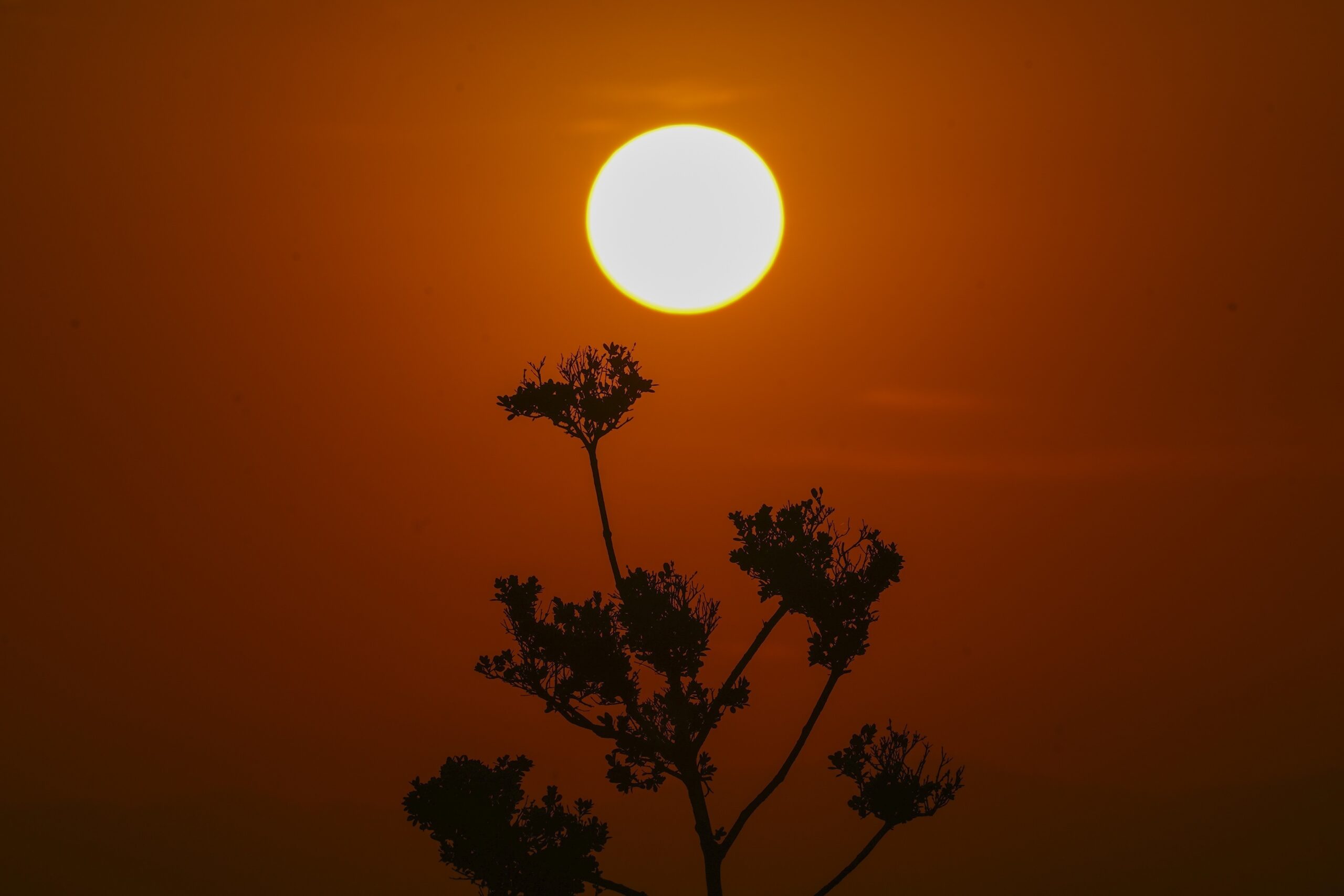
By Montserrat Arqué
01 Jul 2024, 1:36 PM EDT
Next July 4th marks the Independence Day of the United States and in 2024 it will be celebrated under intense heat in much of the country.
The National Weather Service (NWS) has issued an alert affecting at least 12 states, anticipating significantly above average temperatures between July 2 and 6, with an expected peak on July 4.
NWS Weather Forecast: What to Expect on July 4th
The NWS Climate Prediction Center has reported that several states will face unusually high temperatures. The most affected states will be:
* Florida
* Georgia
* Alabama
* Mississippi
*Louisiana
*Texas
*Arkansas
* Oklahoma
* Tennessee
* Southern Kentucky
*North Carolina
*South Carolina
These states have a 70% to 80% chance of experiencing above-average temperatures. Additionally, some areas of central California face a 50% chance of a significant heat wave.
The NWS office in the Bay Area of California has posted on its social networks that “there is growing confidence in a heat wave for next week centered on the 4th of July.” This warning comes amid concerns about extreme weather conditions that will mainly affect the south of the country.
This summer, heat has already impacted several regions of the U.S. The first heat wave of the year hit the Southwest in early June, and two weeks later, the heat moved to the Midwest and Northeast, raising the heat index. heat to 38°C (100°F) in New York.
The NWS has issued this alert due to hot, dry conditions favoring the rapid development of droughts. In addition to the southern states, Illinois, Ohio and Indiana in the Midwest could also face rapid droughts in the coming week.
The heat wave is currently concentrated in the Plains states, with Oklahoma and Texas bearing the brunt of the conditions according to the NWS Heat Risk Index. The NWS HeatRisk prediction tool anticipates the heat will shift into the Midwest and South later this week.
Heat advisories are already in effect in Texas, Oklahoma, North Carolina and South Carolina. Climate Prediction Center experts say these conditions, combined with the recent drought, make it possible for extreme weather to develop quickly.
In contrast to the south of the country, most of the north will experience near-normal temperatures. States like Montana, Idaho and Washington even expect below-average temperatures.
Keep reading:
* This is what the striking eye of Hurricane Beryl looks like from space: Where and when will it make landfall?
* Severe weather in the Northeast has affected hundreds of flights ahead of the July 4 holiday
* Climate change increases the probability of deadly heat waves in the United States and Mexico by 35 times
